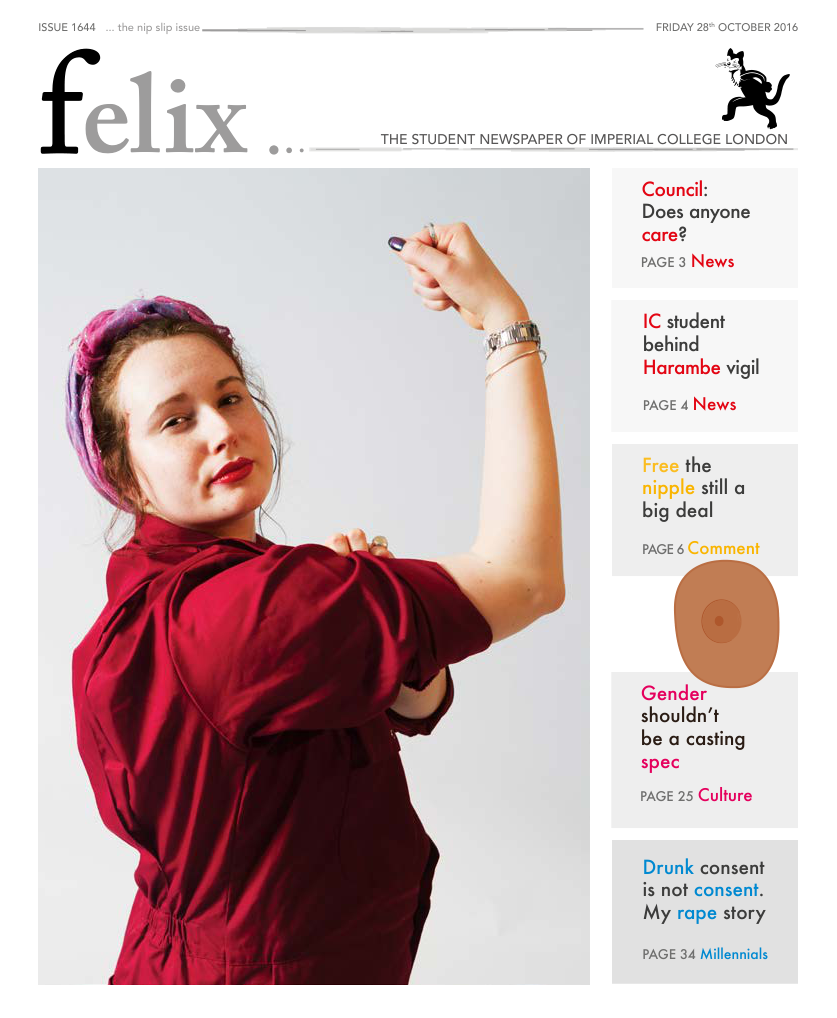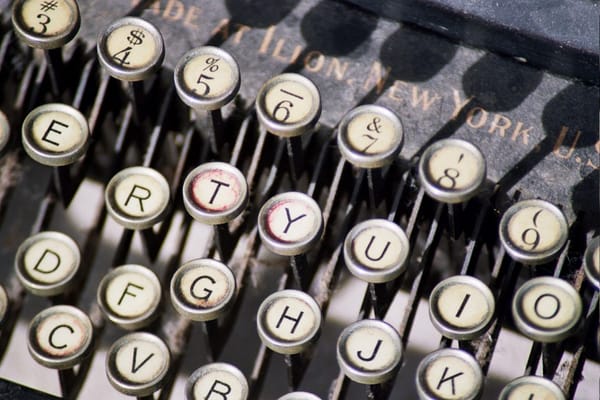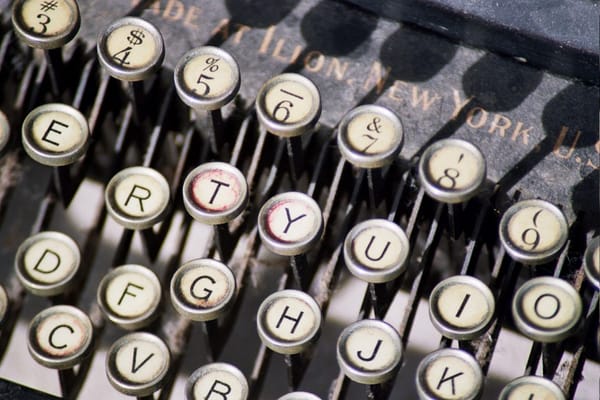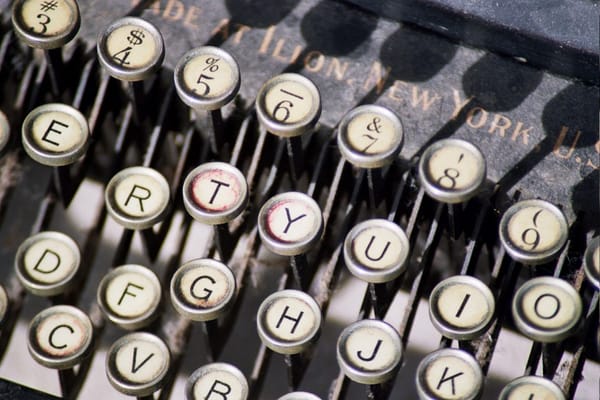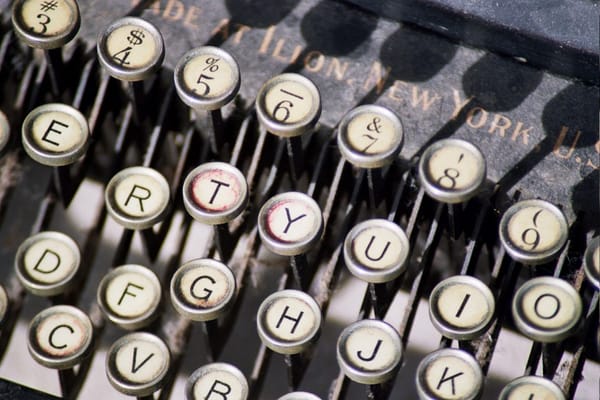On nudity and nipples
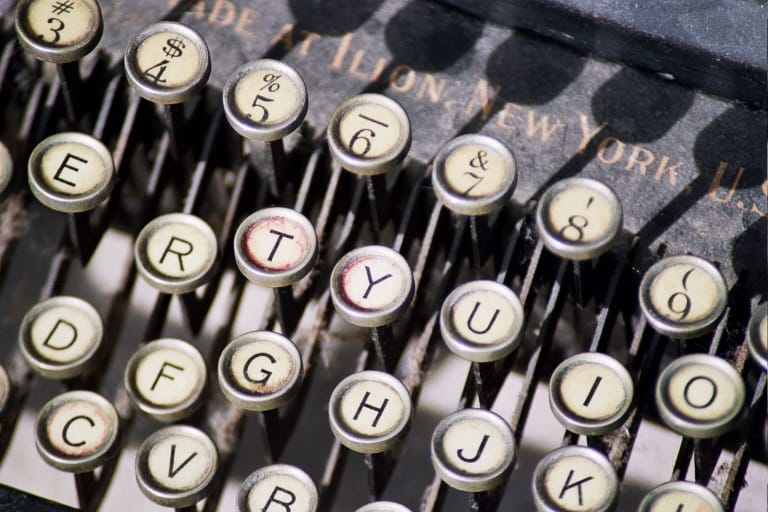
We’re all born naked. If there’s one thing that unites us it’s that. Take away our clothes and pack us in a room and soon enough, we’ll turn into one big mass of flesh, individuality stripped away along with the fabrics we so fondly wrap ourselves in. Maybe that’s why nudity has so much power still. Power to shock, move, inspire. Nudity causes a reaction, which is why we use nudity to sell products, ideas and papers wink.
So, it’s interesting to see how social factors affect the acceptance of nudity, how some naked bodies are more welcome than others. The social perception of nudity reveals many things about our social condition.
Let’s take the humble nipple, a tiny flap of skin which has been causing so much controversy. Despite the fact that nipples don’t look particularly different across the two sexes, female nipples receive radically different treatment. While male nipples are a casual feature of everyday normality, female nipples are censored, reflecting the treatment of women in our seemingly progressive western society,
The free the nipple movement has come under a lot of criticism, but the critics fail to understand that despite the name and campaign strategy, the movement is not about nipples; it’s about freedom.
The nipple is just a symbol. Freeing the nipple is not just about flesh, it’s about changing a mindframe. It’s about freeing women.
This week, just like every other week we have produced a centrefold. Some nipples are visible and some are not. Nothing has changed.
So, if you find our centrefold offensive in any way, take a hard look at the reasons driving your feelings. If you don’t, and find the #freethenipple campaign ‘so 2014’, well – good. Making a big deal out of a nipple is boring and doesn’t belong in the 21st century.

